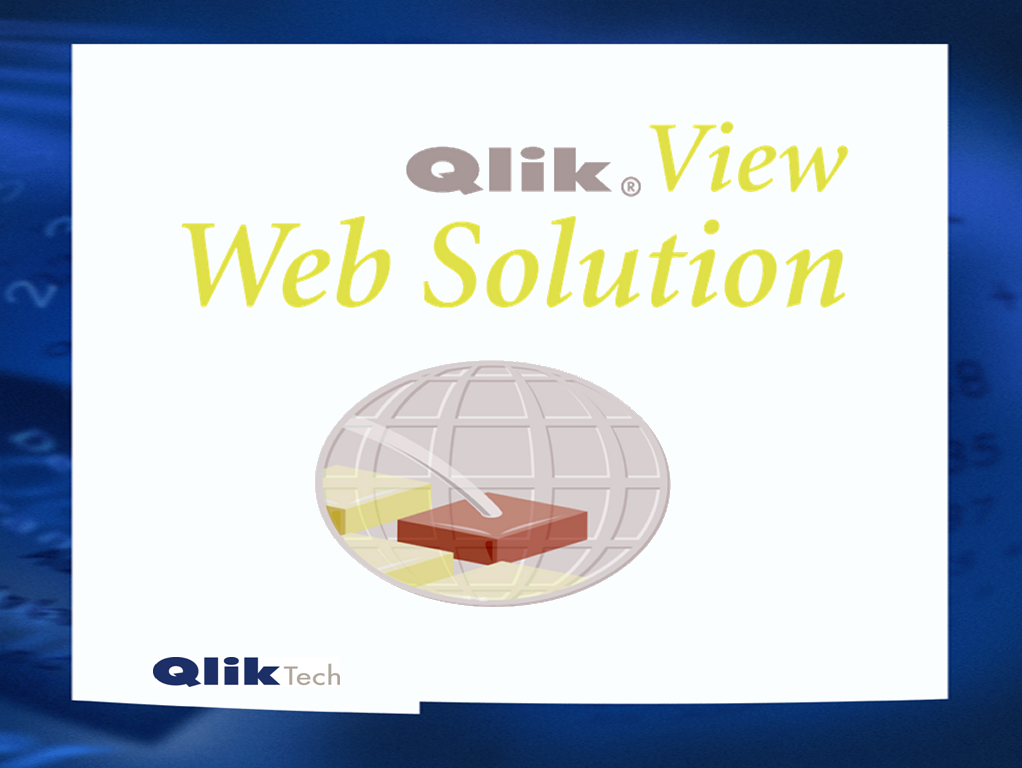Unlock a world of possibilities! Login now and discover the exclusive benefits awaiting you.
- Qlik Community
- :
- Blogs
- :
- Technical
- :
- Design
- :
- A Historical Odyssey: QlikView 4 and the first Ser...
- Subscribe to RSS Feed
- Mark as New
- Mark as Read
- Bookmark
- Subscribe
- Printer Friendly Page
- Report Inappropriate Content
QlikView 3 was a giant leap forward. More and more people started developing applications with QlikView and it became much easier to convince prospects and partners to join us on our journey. As a result we faced more and more demands from the real world: tools with which you can customize a document, tools for security, tools to save and re-use a selection, client/server, etc. Much of this didn’t exist in QlikView 3.

So, for QlikView 4 we started to develop features based heavily on customer requirements.
We had already experimented a little with macros in QlikView 3 but in QlikView 4 we did it properly. We introduced the first color coding in pivot tables so that our customers could mark negative numbers red. We made it possible to activate several objects and align them. We made it possible to load Excel files. We introduced control structures such as For-Next loops in the script language. We introduced Section Access to address security demands. We introduced bookmarks. We introduced a proper NULL value handling and we introduced the text object, so that customers could show also static information.
We also had a new logo and a new icon.
![]()
But there are two features that, more than any others should be noted as the principal features in QlikView 4:

- The chart engine.
With QlikView 4, you could write any expression as an aggregation and QlikView would be able to evaluate it on the fly. This is true still today; you can have an expression with several arbitrary fields, where the fields reside in different tables, and then aggregate this expression. The aggregate can in turn be used in a new expression that uses other aggregations with fields from yet other tables, e.g., Sum(x*y)/Count(z). QlikView evaluates this expression correctly. This feature is unique to QlikView and is the core of one of QlikTech’s patents.
- The Server.
The second major advancement in QlikView 4 was the client-server capability. It was then called QlikView Web Solution. Compared to the QlikView Server of today, it was rudimentary. But it was a first step and some of the structure is still the same. Application development, then, was done just as it is today: on a standalone QlikView. The file could then be copied to the server. The only client that existed then was a Java client talking directly to the server. The server had to have Microsoft IIS (Internet Information Server) installed and the client had to have Microsoft Java installed. This meant that in practice we only supported Microsoft environments, both on the client and on the server side.
The file could then be copied to the server. The only client that existed then was a Java client talking directly to the server. The server had to have Microsoft IIS (Internet Information Server) installed and the client had to have Microsoft Java installed. This meant that in practice we only supported Microsoft environments, both on the client and on the server side.
As I think back on it, it was really with QlikView 4 that we started our journey toward being an enterprise software product.
Further reading on the Qlik history:
A Historical Odyssey: QlikView 3
You must be a registered user to add a comment. If you've already registered, sign in. Otherwise, register and sign in.